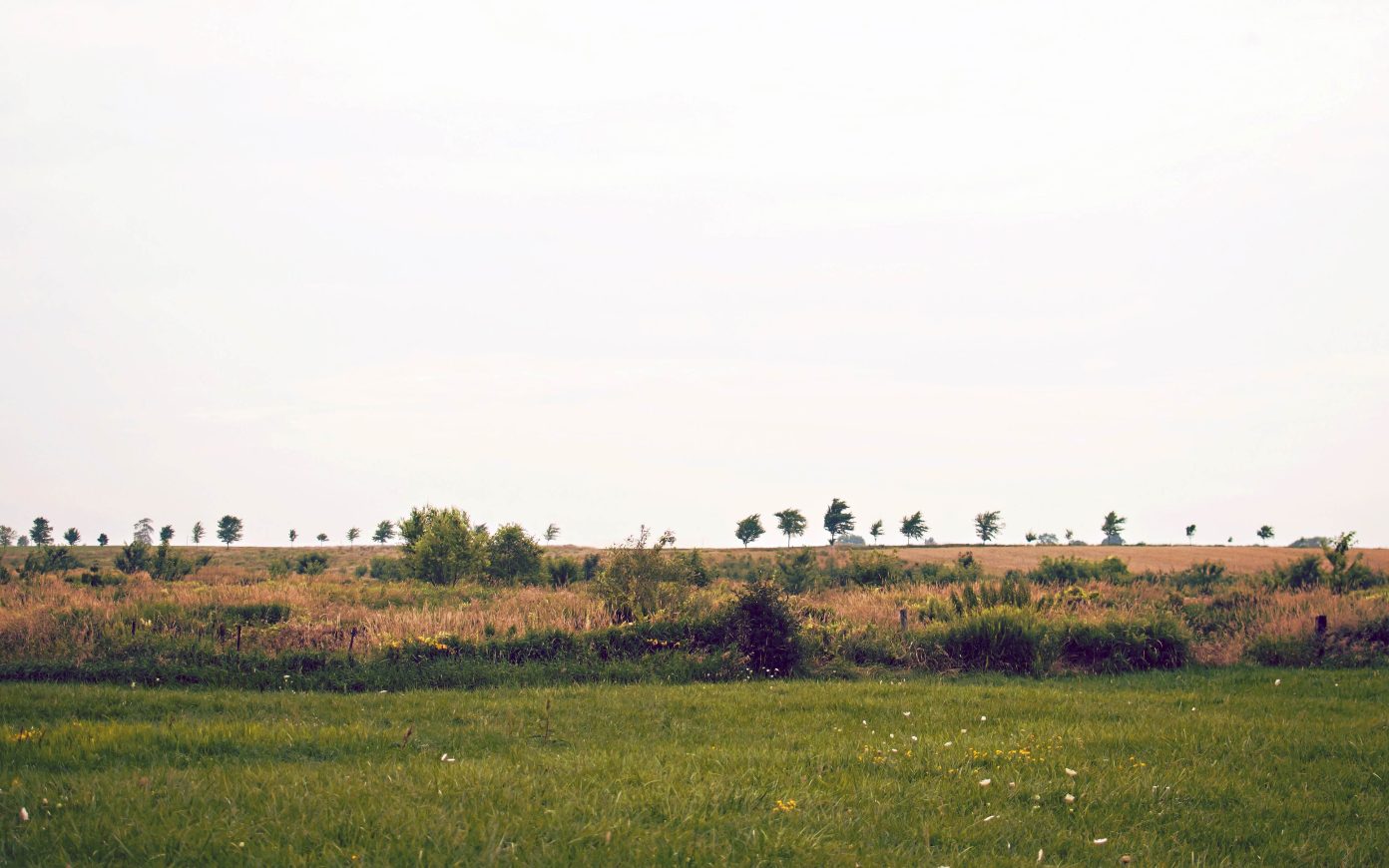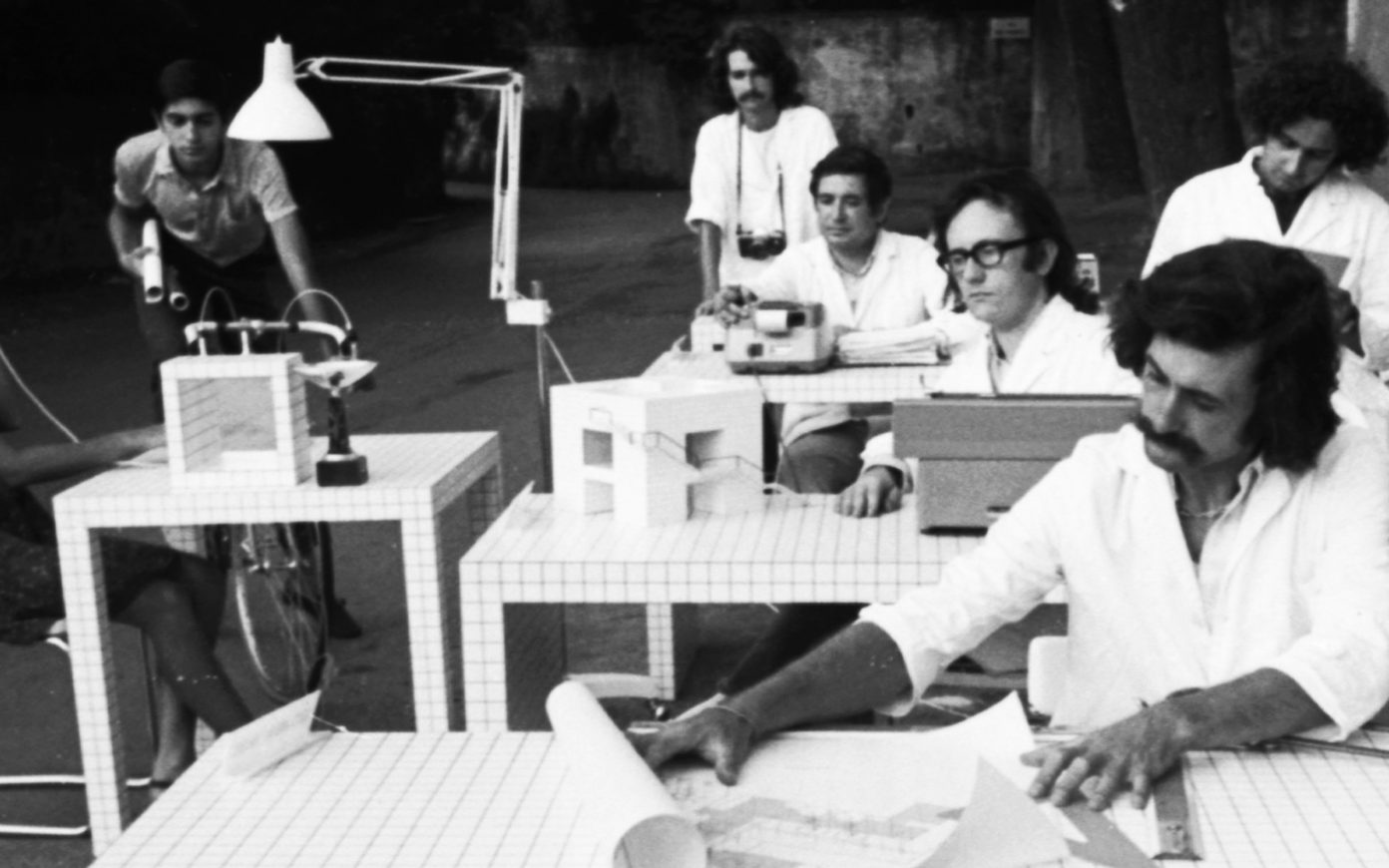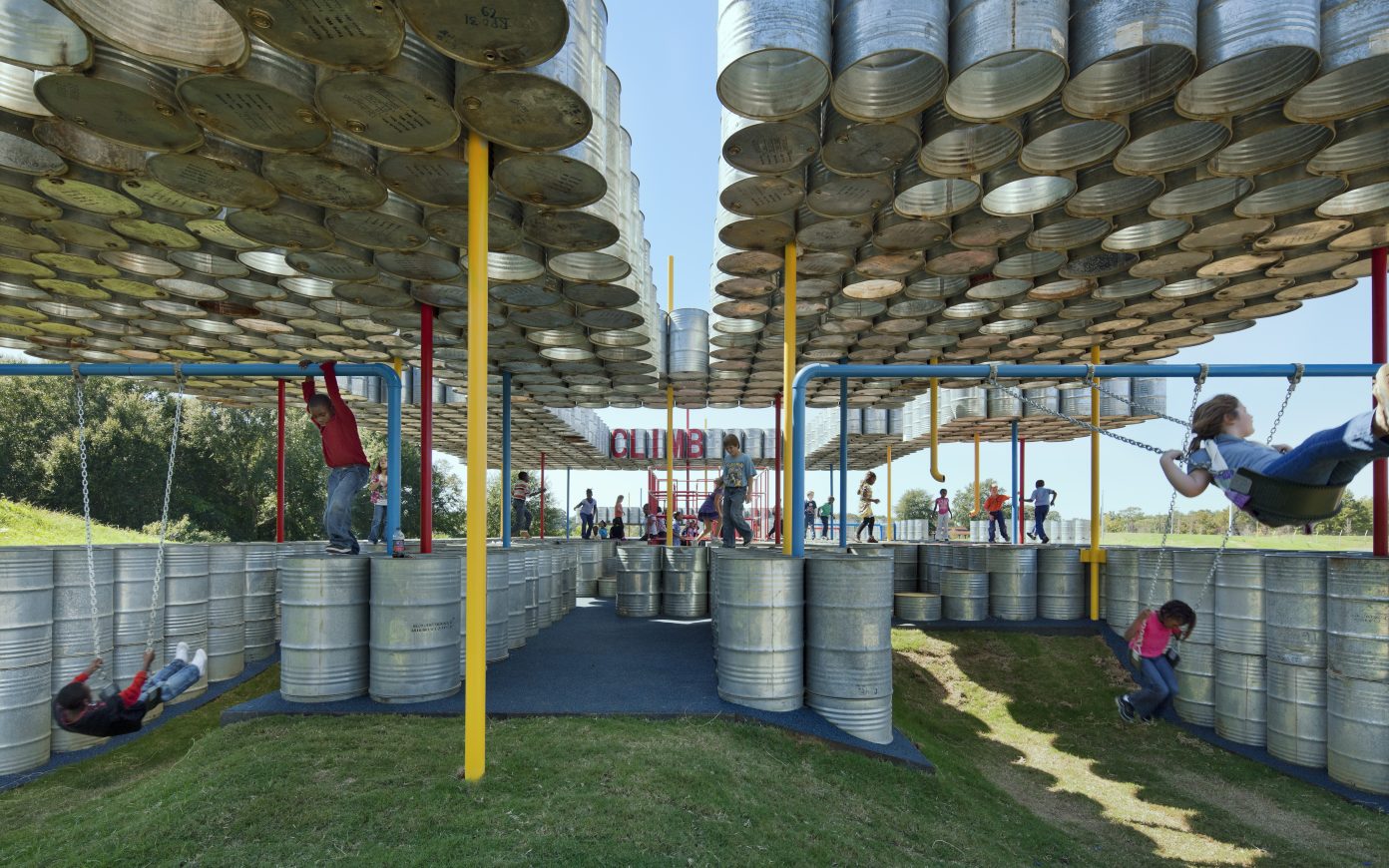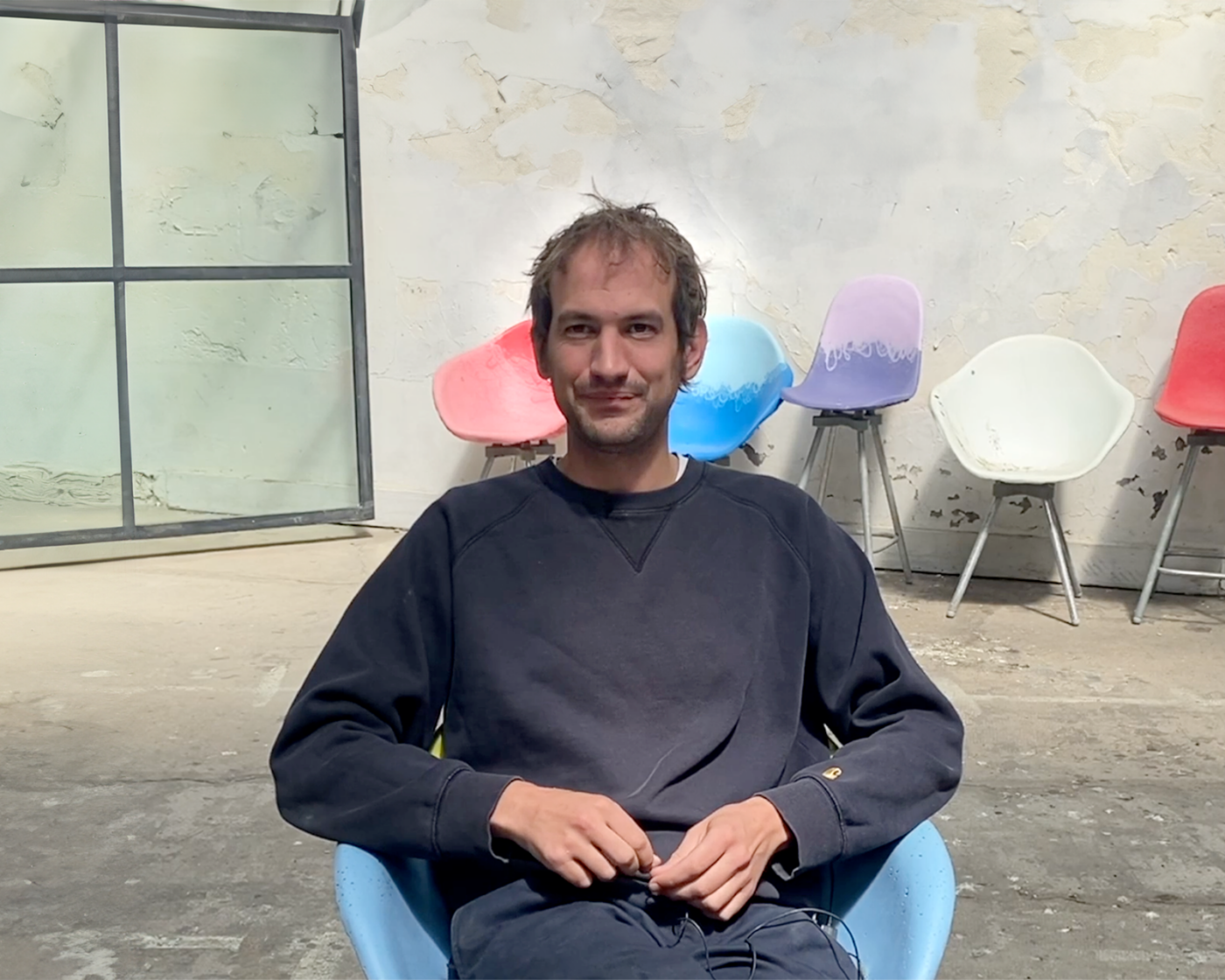A Future City Vision for Detroit
Detroit is probably one of today’s largest urban laboratories as well as one of the most fascinating examples of a city that reluctantly has been coerced into reinventing itself in order to survive, now that it is bankrupt and faces urban wastelands of titanic dimensions, and is affected by a severe decrease in population. Dan Pitera evokes Detroit’s renewal through the “Detroit Future City” project, which fosters citizen initiatives and experimentation. It promotes a dense city in terms of complexity and intensity of human interactions. His hybrid work, midway between research and practice in the field, leads him to engage in “participatory planning” with the ambition to improve the resilience and adaptability of the city. Dan Pitera is an architect and the Executive Director of the Detroit Collaborative Design Center at the University of Detroit Mercy School of Architecture.

































